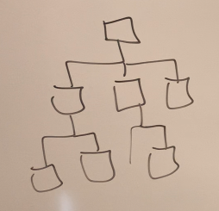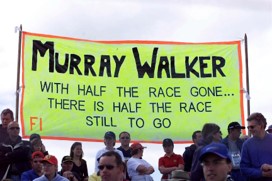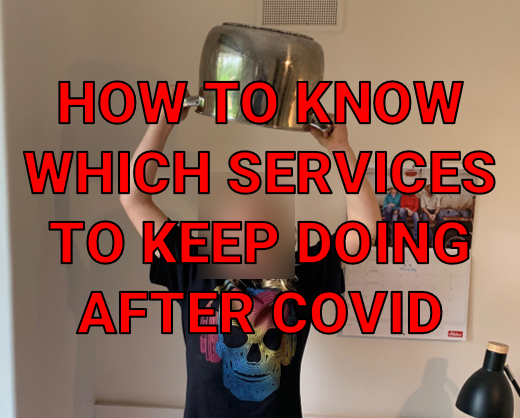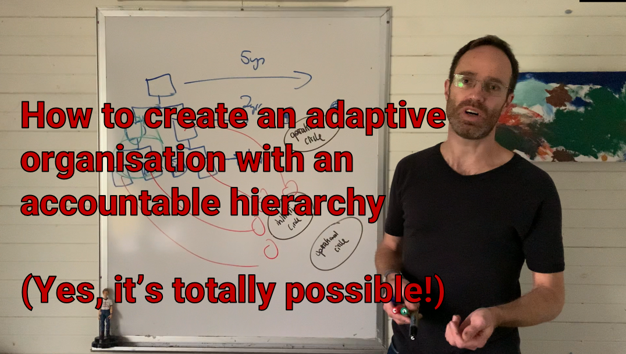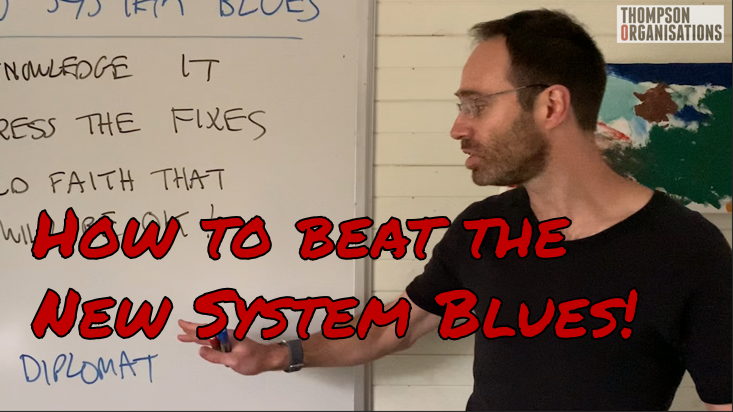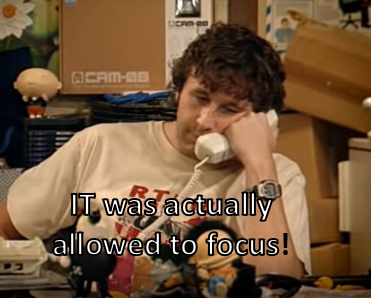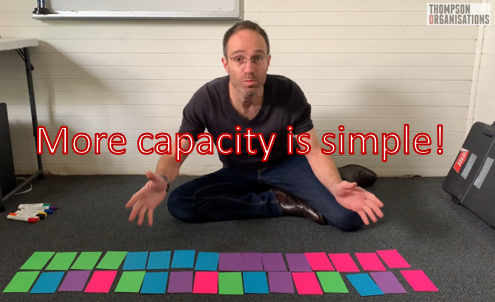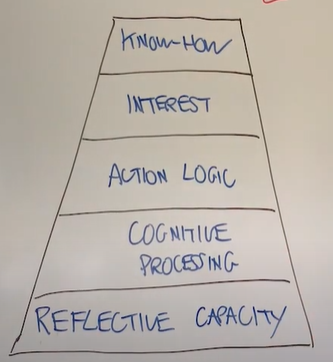Compression! Fix a major source of pain in your organisation
Want to watch this on video rather than read? Just click here. 5 mins, with captions.
Today’s article goes through one of the most common causes of organisational pain. A sore back is guaranteed to make people grumpy, and compression is a great way to give your organisation some proper spinal issues.
Now, a big proviso. Organisational hierarchies are very out of fashion right now. Here’s three things though:
- You’re in one, changing them is hard, and you might as well make the obvious changes to make the thing work properly
- There are many, many situations where a well-run managerial hierarchy is very much the most appropriate organisational design
- Hierarchies get a bad rap because of the exact sort of issue I am going to go through in this article. Fix these, and….hierarchies might just work fine!
OK, let’s get on with it.
Read more…
